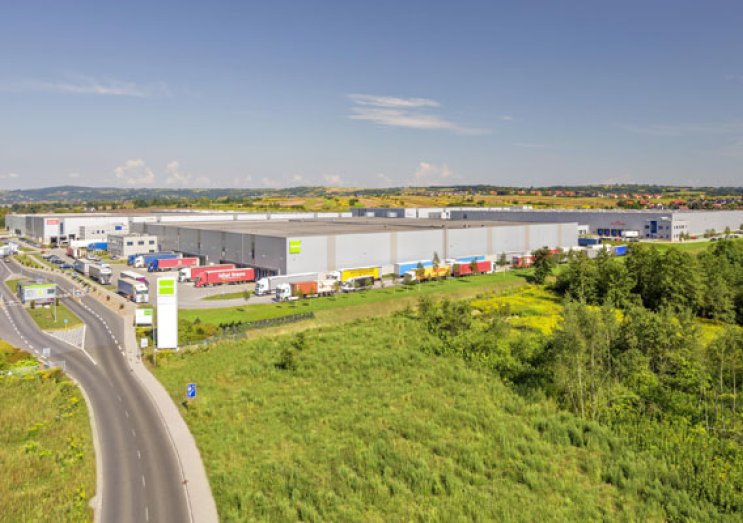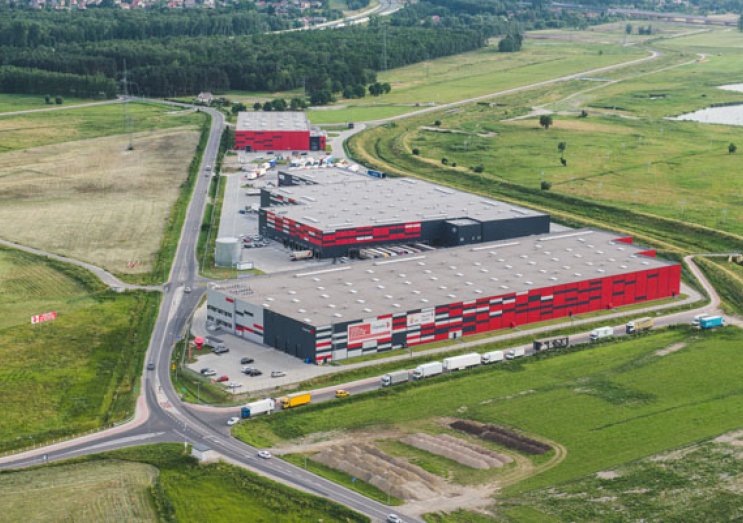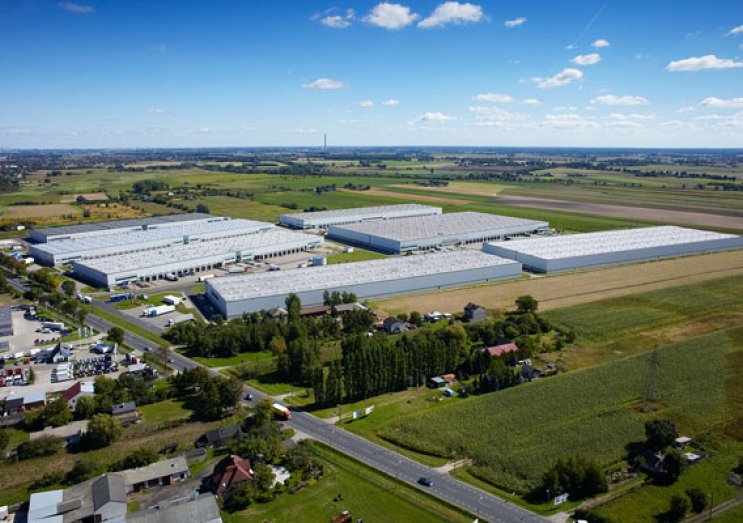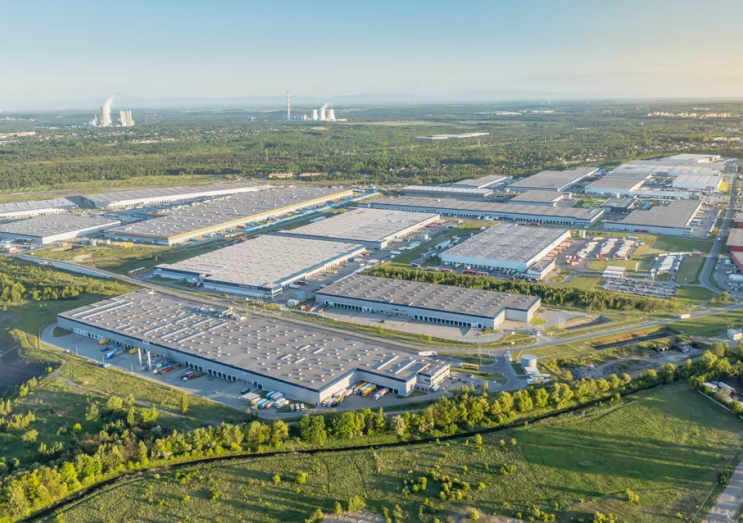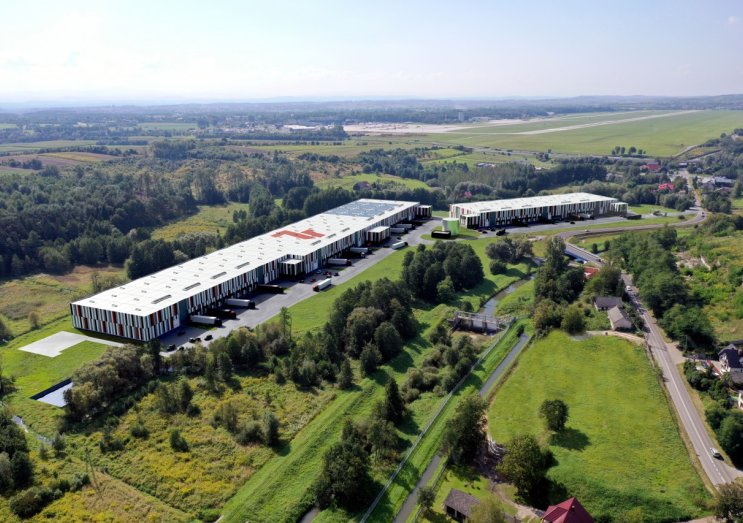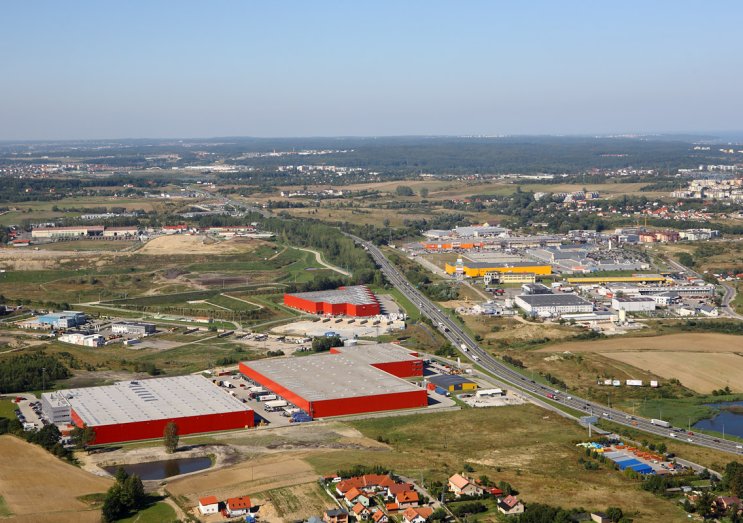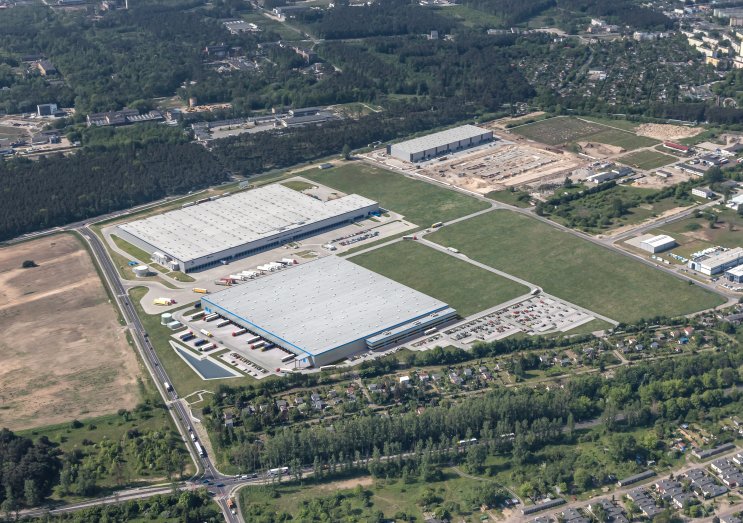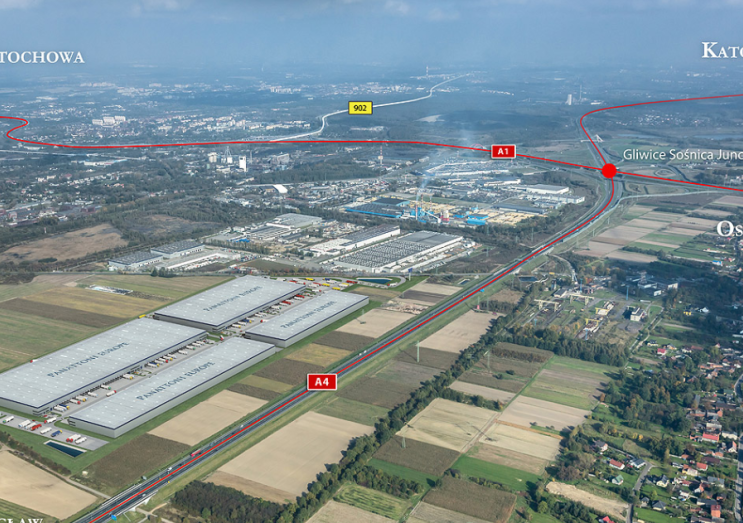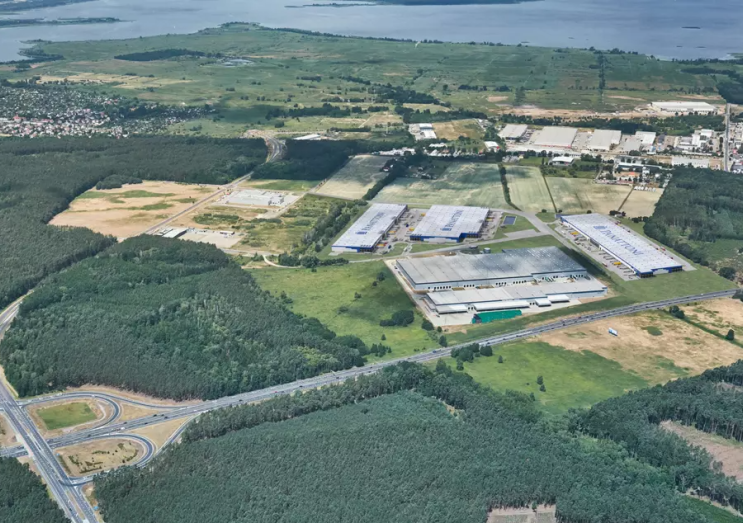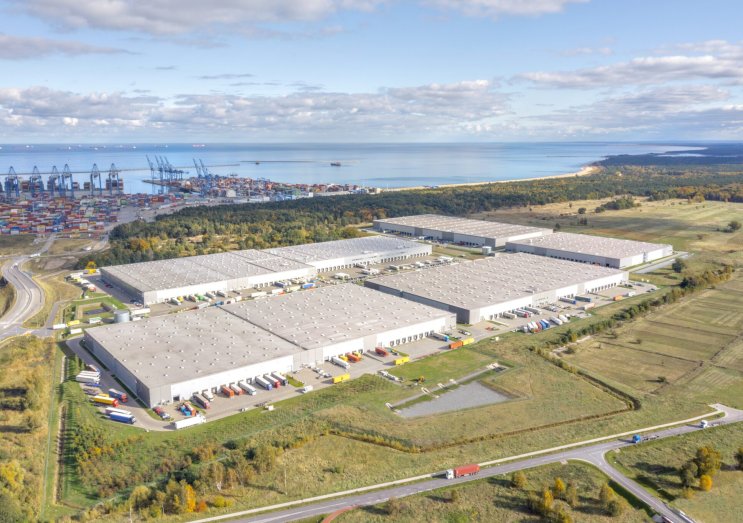Industrial parks built five or ten years ago are as good as new facilities in many respects. Constructed in prime suburban and well-connected locations, they continue to be upgraded. Most importantly, however, they offer ready-to-occupy and relatively competitively-priced warehouse space, says Michał Kozar, Associate, Industrial and Warehouse Department, Newmark Polska.
Poland is a relatively young industrial market compared to Western Europe. At the end of the first quarter of this year, its total industrial stock amounted to over 25 million sqm, of which close to 55 percent was built in the last five years. The oldest warehouses, aged 10 years or more, account for just under 39 percent of the existing stock. “The first modern warehouses were delivered onto the Polish market in the 1990s, and at the end of the first quarter of 2004, on the eve of Poland’s EU accession, the country had less than a million square meters of modern warehouse space,” says Michał Kozar, Associate, Industrial and Warehouse Department, Newmark Polska. “Warehouse development gained momentum shortly after Poland joined the European Union and industrial developers entered our market with a variety of attractive lease offers. More than 6.7 million square meters had been built by 2009. The global financial crisis cooled down the red hot market for several years, but close to four million square meters was delivered in 2012–2016.”
Good location and easy access
Today, older buildings are successfully competing with new projects. “They are largely located in Poland’s largest and strongest regions. Warehouse development initially centered on Warsaw, Poznań, Wrocław and Upper Silesia. Such facilities boast prime locations as most are now within the administrative borders of cities and enjoy easy access and proximity to public transport stops, enabling quick commutes. These are important factors when it comes to choosing industrial and warehouse space as some companies remain beset by workforce shortages,” says Michał Kozar. “Another advantage of older industrial parks is that they are well-known to drivers and are clearly marked on navigation maps; the location details of new facilities are frequently fed into GPS systems late or may confuse drivers.”
Green and well-equipped
Despite being built using different technologies, older facilities rival modern projects in workmanship. Landlords continue to upgrade older industrial parks and to add new features such as number-plate recognition systems at entrance gates or additional cameras for virtual inspections.
In the last two or three years, tenants have shifted their focus to green warehousing solutions which, in addition to being aligned with corporate sustainability policies, help keep rising utility charges relatively low. “One of the simplest and very cost-effective solutions is to replace fluorescent lamps with LEDs. Motion sensors can also generate additional savings on costs. Photovoltaic panels are also gaining traction as they can now be easily installed on site of older facilities. Alternatives to rooftop installations include modern solar canopies and photovoltaic farms with rotating panels tracking the sun and installed in green areas,” says Michał Kozar. “Opportunities are plentiful. Five- or ten-year-old warehouses can be upgraded, for instance, with systems enabling storage and filtration of rainwater for toilet flushing or plant watering. Likewise, greywater comprising waste shower, washing or sink water can also be recycled.”
“International corporations looking for a warehouse to lease are also interested in electric vehicle charging stations, smoking corners away from warehouse buildings, green areas and outdoor breakout amenities, and bicycle shelters. All of these are available both in new build and existing logistics parks. Some older warehouses are also BREEAM-certified,” adds the expert of Newmark Polska.
Ask the advisor!
Warehouse tenants come from various sectors and have diverse needs. And while older warehouses meet the requirements of many tenants, they are hardly a one-size-fits-all solution. “As it is likely to be very costly or even virtually impossible to adapt an existing building to specific occupier requirements, we will recommend choosing a warehouse that can be tailored to individual needs during the construction phase or a BTS facility if a project is more complex,” says Michał Kozar. Some tenants may also say no to older warehouses due to their typical 10m height. Buildings featuring 12m clear height are becoming increasingly commonplace where thanks to high-bay storage systems tenants have in fact more storage space despite leasing the same quantity of square meters.
Ready-to-see and occupy space
The landlords of older buildings are more flexible when it comes to negotiating such things as smaller units in industrial parks or shorter leases starting from three years; by contrast, the typical lease length in new projects is at least five years. Older warehouses also provide ready-to-see and occupy space, which is becoming increasingly relevant today. “That’s why I believe older warehouses are having their day now. Due to the rising prices and shortages of building materials, warehouse construction is likely to take longer or be delayed. Turnaround times for new projects have become longer and are around 12–14 months compared to the average of 6–8 months last year,” says Michał Kozar.
Older is cheaper than new – it should always be like that
Older warehouses also command lower rental rates, an important magnet for tenants. “It should always be like that. However, due to the strong investor demand for industrial assets throughout Poland, developers have been able to offer more attractive lease conditions in new build warehouses. The recently considerable rental growth in the new build market has reversed these proportions. But the question is for how long? Although landlords are taking advantage of the booming market to increase rental rates in existing warehouses, older facilities are expected to remain competitively priced. Some tenants, taken aback by new rental rates, are thinking about renewing their deals and staying on,” says Michał Kozar. “Poland’s vacancy rate has been very low for many months, averaging three percent in the first quarter of this year. And on top of that, an undersupply spanning the next six months or even a year is also becoming increasingly likely. Companies are aware of this, so older good quality warehouses with vacant space in prime locations tend to find tenants very quickly.”

